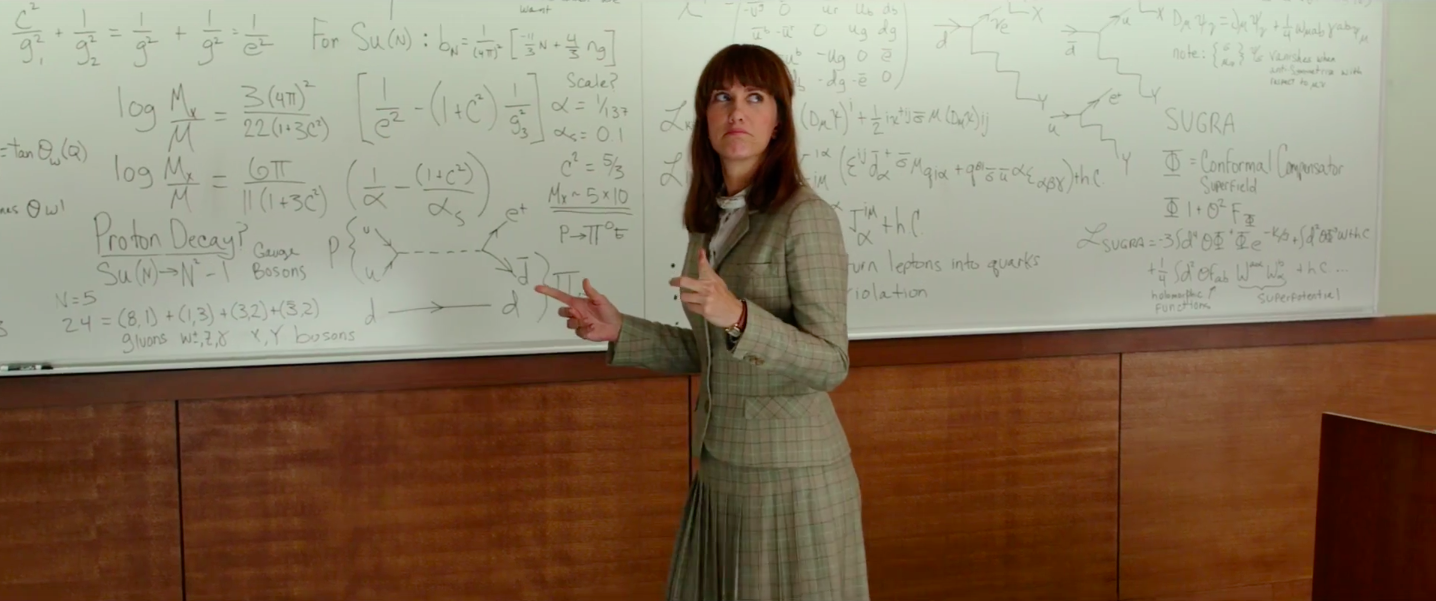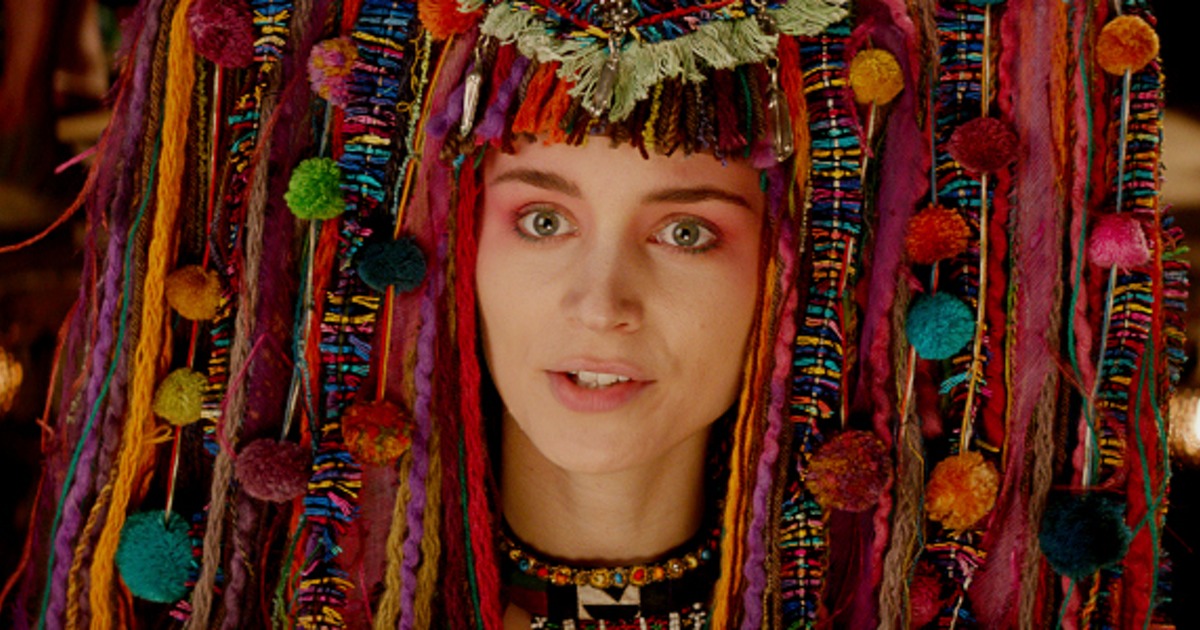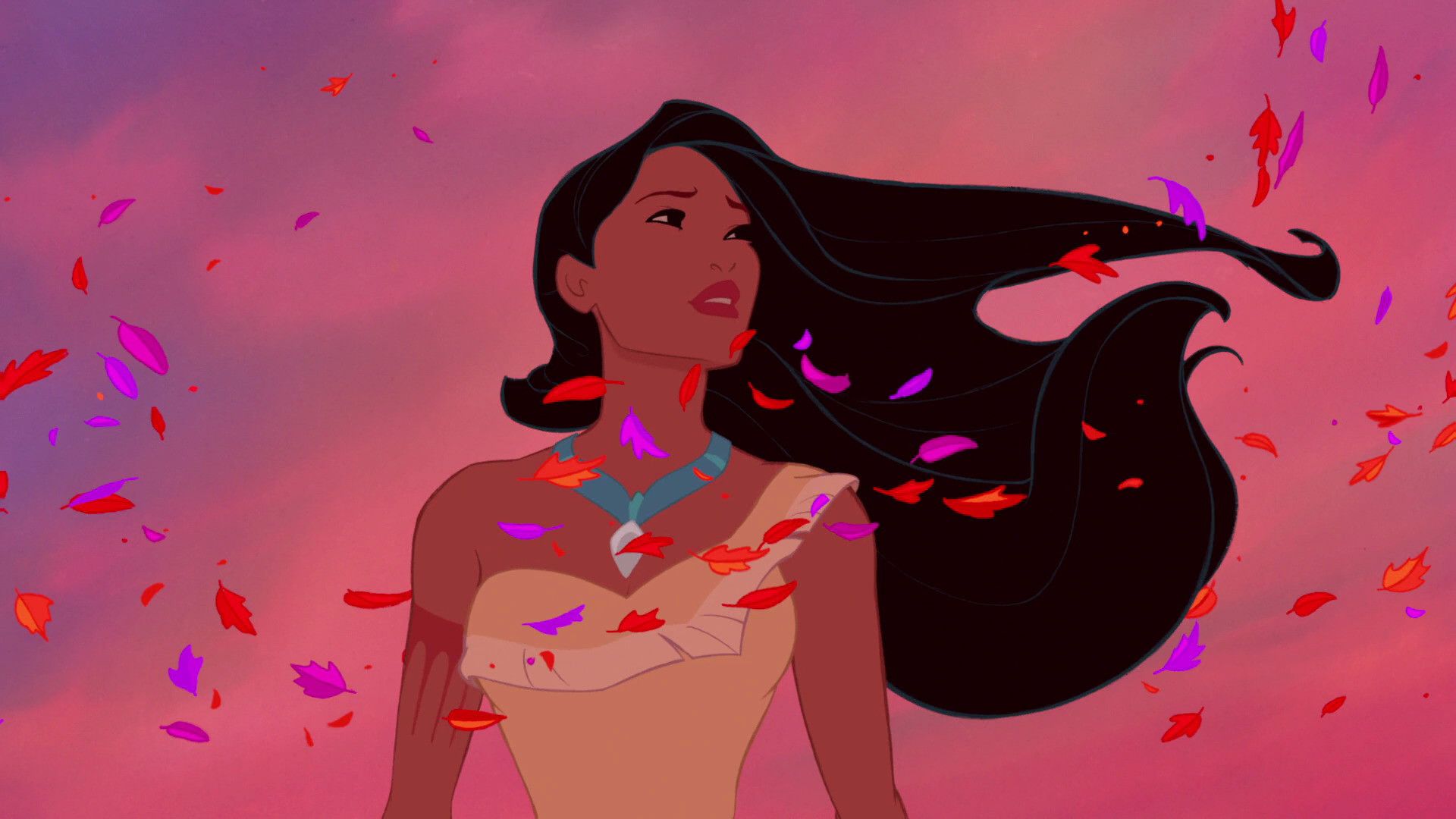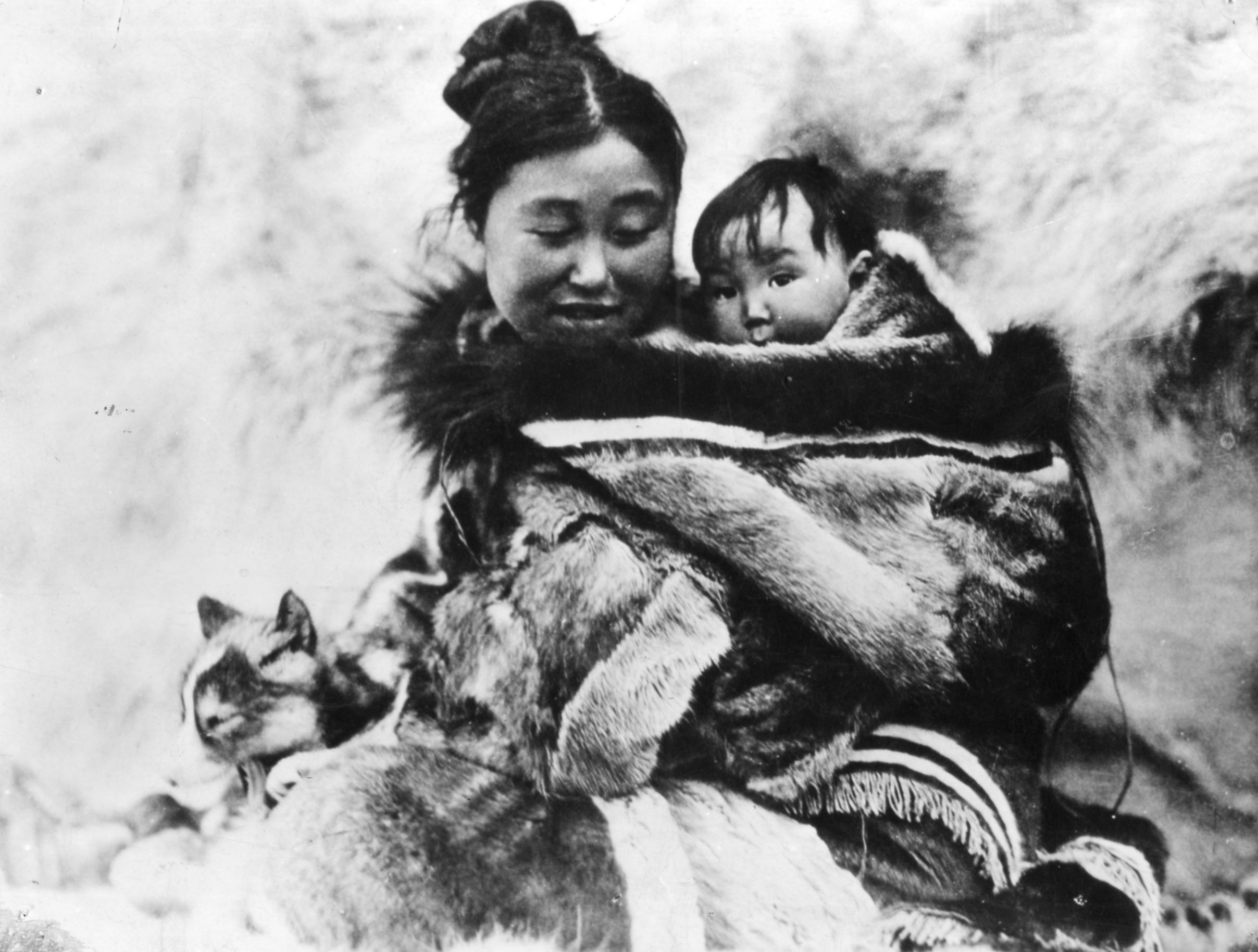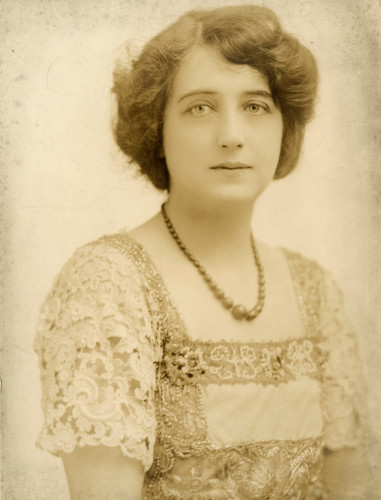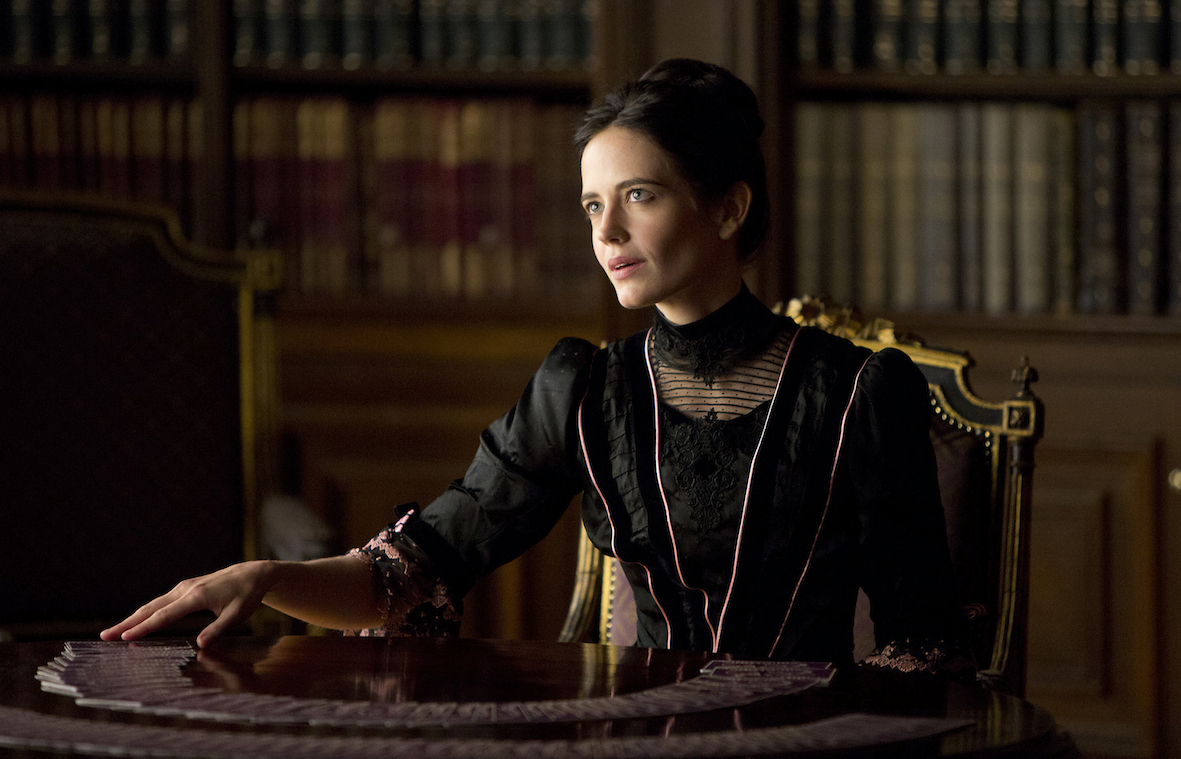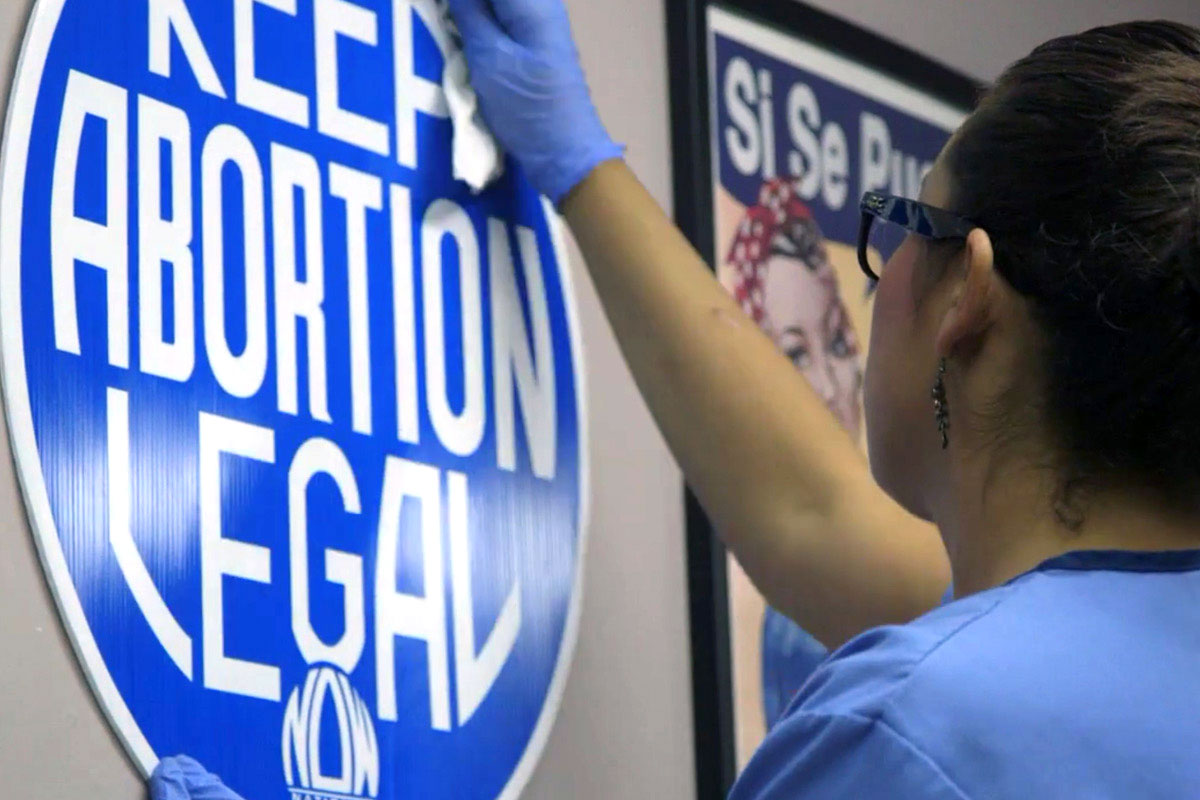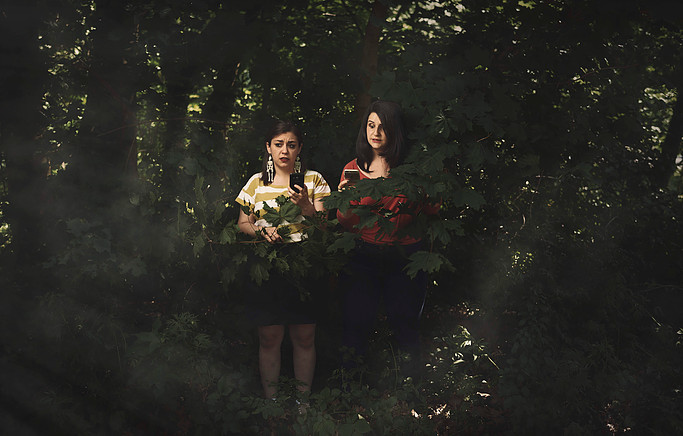‘The Faculty’: Gender, Dialogue, and Naked Alien Space Monsters
How did these male filmmakers make a movie marketed to men full of female characters who actually get the majority of the dialogue? I’m about to crack the code and share the secret — are you ready to become enlightened? Here’s how they did it: They included female characters and gave them lines. WHAT. Yes, it’s that simple.

